AUGUSTA — There’s no “1913,” or even “1926,” section at local hardware stores to turn to when you’ve got a prominent historic building in need of some new parts.
So when organizers seeking to put the long-vacant Colonial Theater in downtown Augusta back into use wanted to restore the art deco element that topped the theater since it was built, they turned to Maine artisans. Despite the element enduring more than 100 years of exposure to wind, rain and at least one fire, the artisans were able to restore some original aspects and replicate others using what was left of the originals.

This January 2004 file photo shows what roof line of Colonial Theatre looked like before renovations. Associated Press file photo Buy this Photo
Their work is being put back in place atop the building this week. A combination of metal, zinc and wood nearly completes restoration work to the Water Street facade of the building. An extensive amount of work remains to be done on much of the rest of the theater.
“It’s not easy to find the artisans, today, like those that built it originally,” said Kathi Wall, interim executive director of the Colonial Theater. “The decorative pieces on it are zinc, and they are original to the 1913 element. We were able to restore the original stuff and build a new wooden backside to it.”
Molly O’Guinness Carlson, of Head Tide Archaeological Conservation Laboratory restored the original, 1913 zinc decorative pieces featured on the art deco structure.
John Gawler and his daughters of Belgrade-based Gawler & Daughters did the metal work to restore the framing of the element. They used the original, which was too deteriorated to reuse, as a template to build the new metal structure.
Wall said theater officials searched long and hard to find artisans capable of doing the work, which required knowledge passed on to them by previous artisans skilled in older methods of such work.
Gary Peachey of Peachey Builders, a board member of the theater who volunteered his own time in the restoration, said historical accuracy is key to the project, and is also reflected in the unique, multicolored paint job given to the brick front facade of the theater.
“What we did was do what they did back then, now,” Peachey said.

The renovated ornamental piece on the roof line Monday at Colonial Theater on Water Street in Augusta. Joe Phelan/Kennebec Journal Buy this Photo
He estimated the work cost about $15,000.
Wall said the decorative element work was funded in part with proceeds from a “sweetheart dinner” in February at State Lunch restaurant. Much of the money for the other facade work was funded with historic preservation grants.
Fundraising for the overall project, which was previously estimated to cost between $6 million and $8.5 million, is ongoing. A little more than $1 million has been raised so far. The plan includes adding a new building onto the side of the structure to provide space for bathrooms and improve accessibility.
Wall said fundraising has been a challenge in the pandemic, not being able to rely on traditional fundraising methods such as having large public gatherings.
Donations can be made through the theater’s website, Augustacolonial.org, it’s Facebook page, or by mailing checks to 70 State St. in Augusta.

Edith Gawler stitches a second coat of solder between the base and the roof line ornamental piece Tuesday at Colonial Theater on Water Street in Augusta. Joe Phelan/Kennebec Journal Buy this Photo
Next steps for the effort, Wall said, include having a survey done of the building to determine more precise costs to fix it up while maintaining its historical authenticity.
Between 2007 and 2011, city officials were approached by at least one neighbor who was concerned that the building, vacant since it closed in 1969, had become an eyesore attractive only to transients and vandals. Concerns included that its north wall could collapse, loose bricks could fall on pedestrians, there was a massive hole in the floor, and a leaking roof allowed large amounts of water into the structure. Overall, it was a structure so decrepit that for a time the city’s firefighters were ordered to stay out of it for fear it could collapse.
But several years ago a group spurred by Richard Parkhurst, a local downtown developer, restarted efforts to save the theater, where many area residents have fond memories of attending movies before it closed. Work so far has included a new roof and major structural repairs.
Advocates for saving it have said it could bring people to the downtown area, with live performances and other events.
The original riverside building was built in 1913, but was severely damaged by fire in 1926, after which it was rebuilt.
Send questions/comments to the editors.


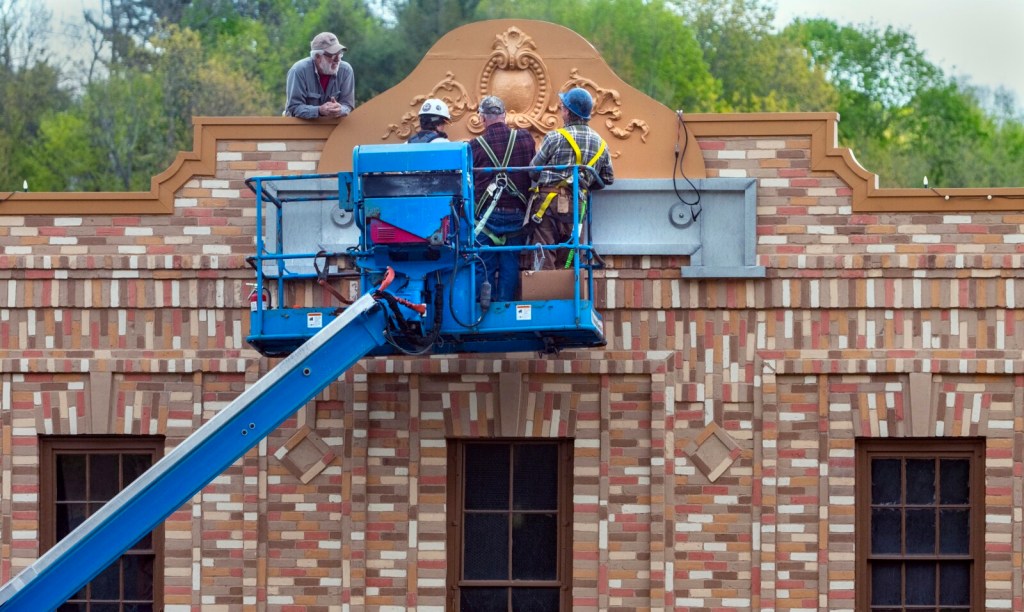
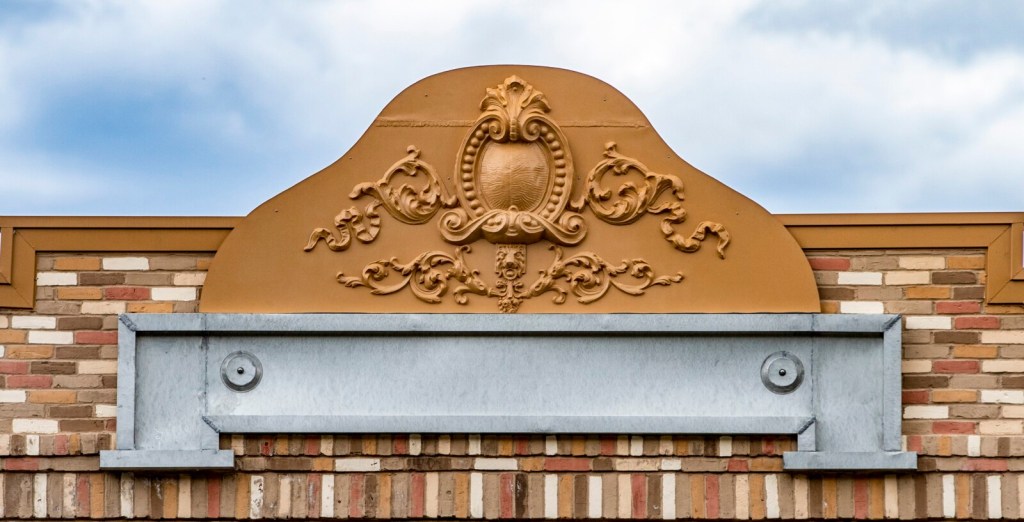
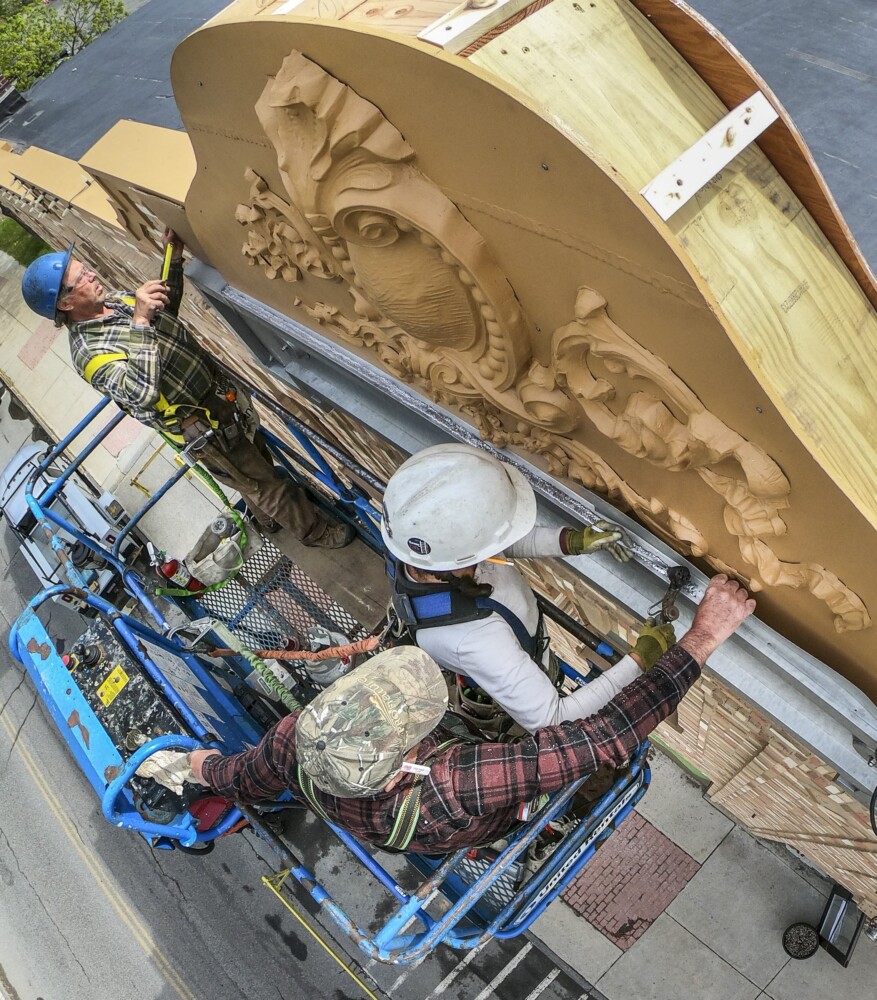
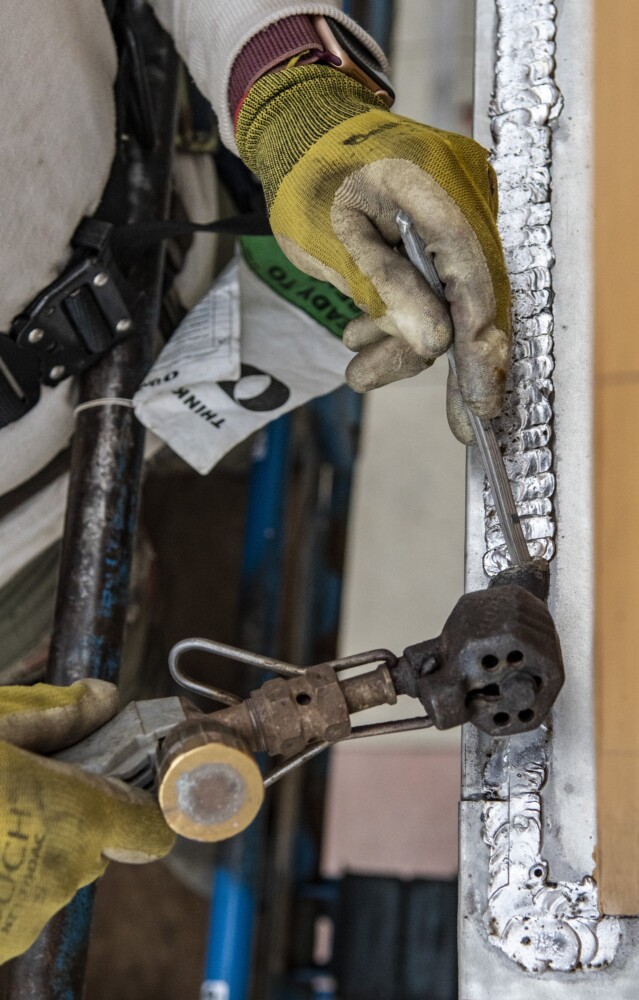
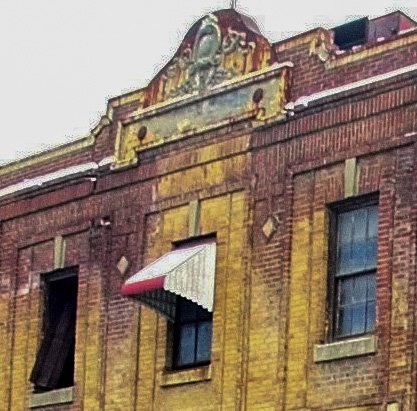

Comments are no longer available on this story